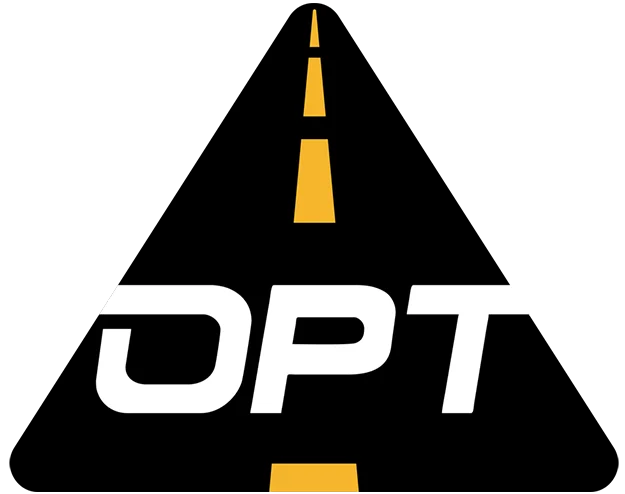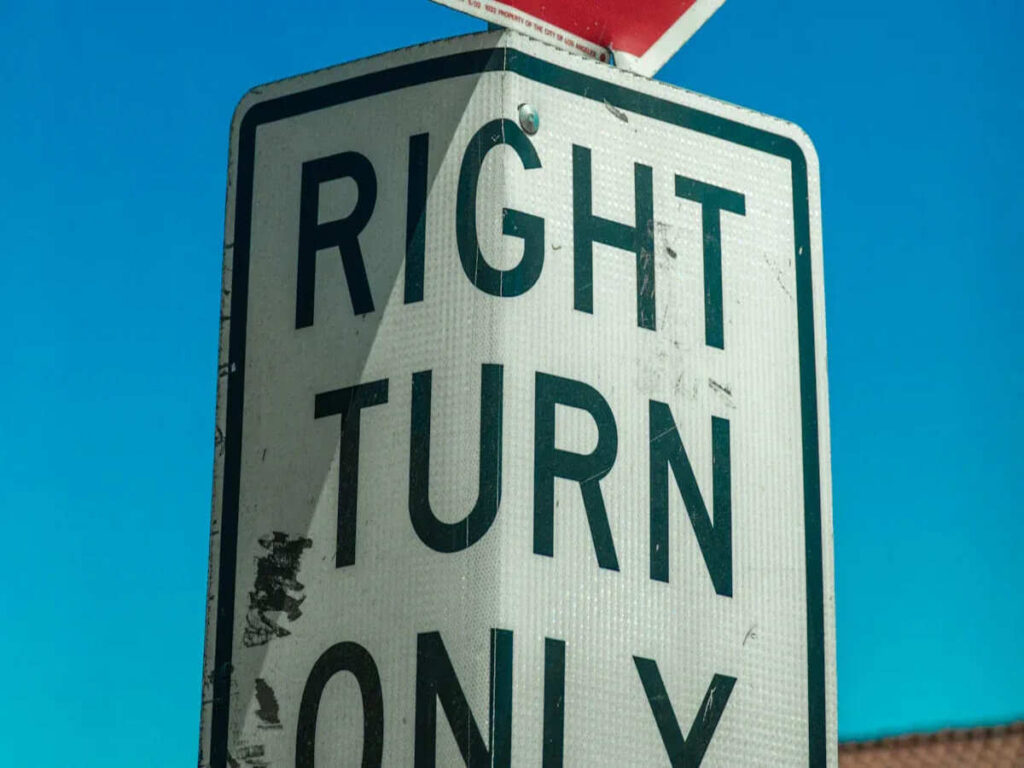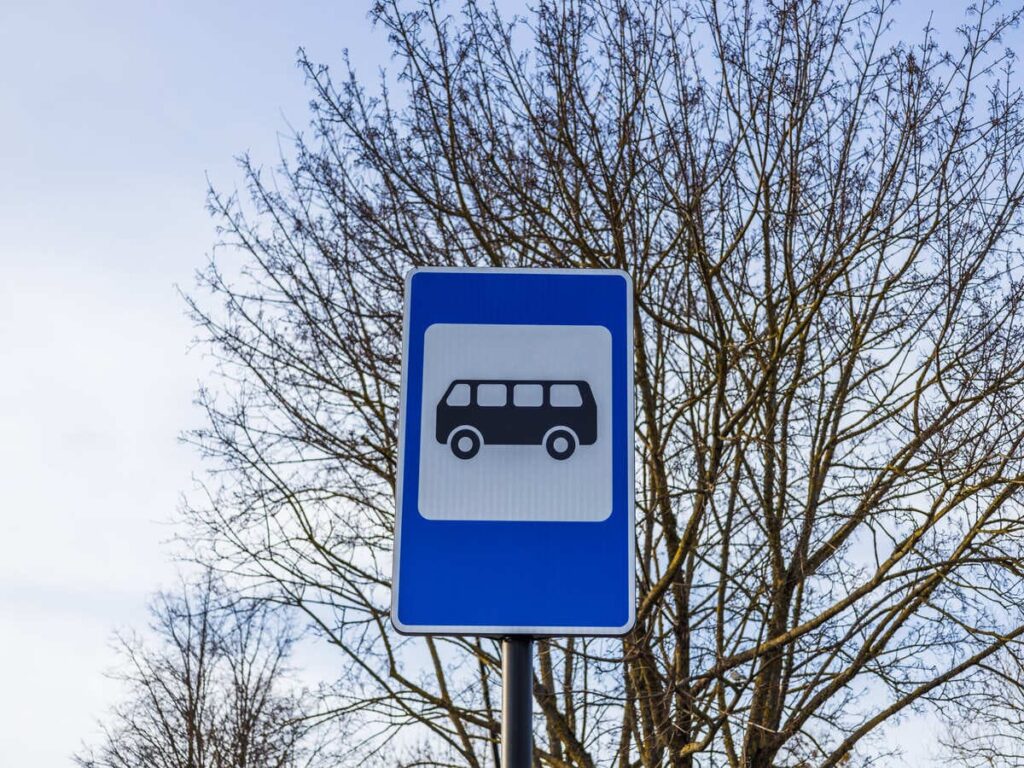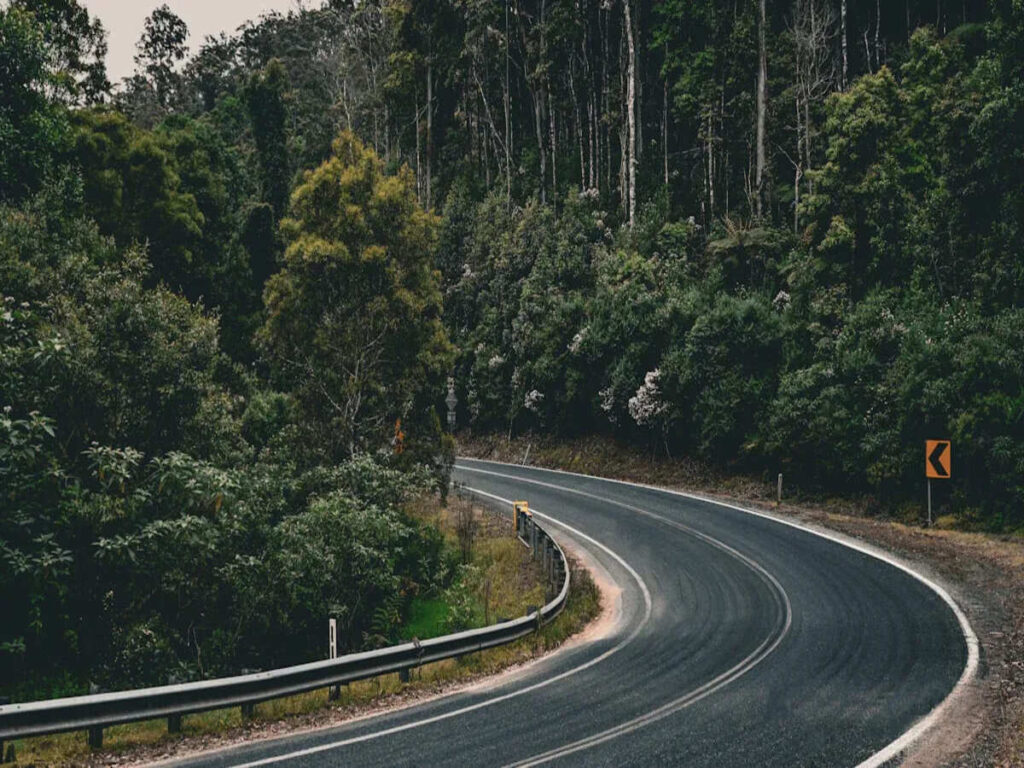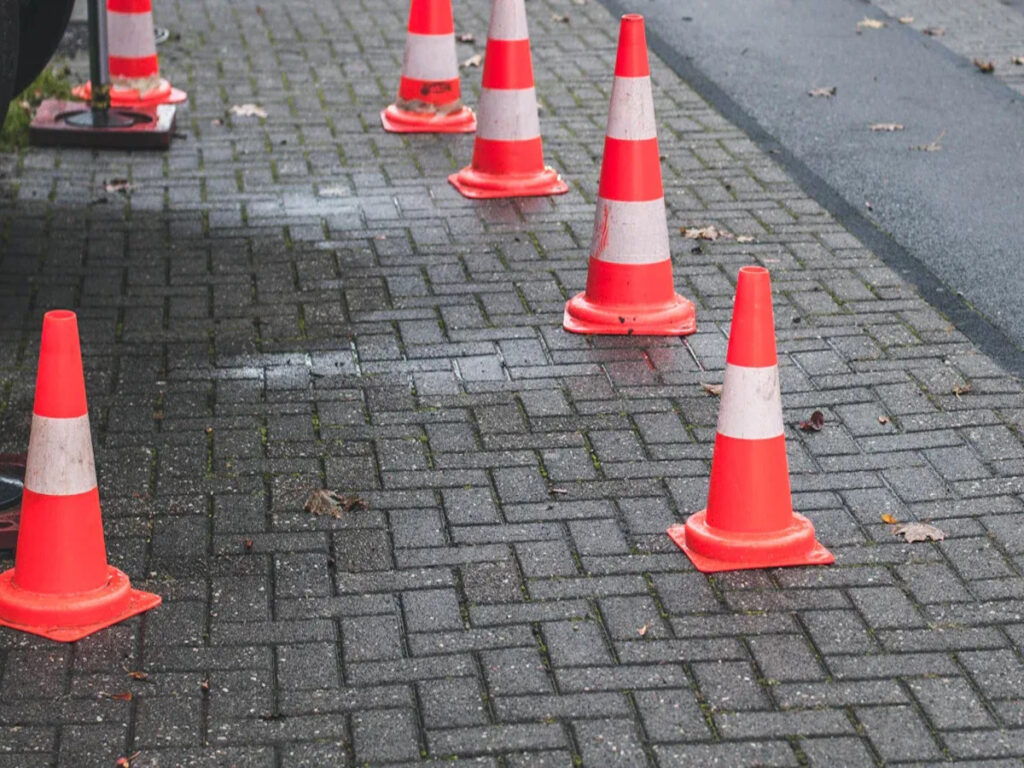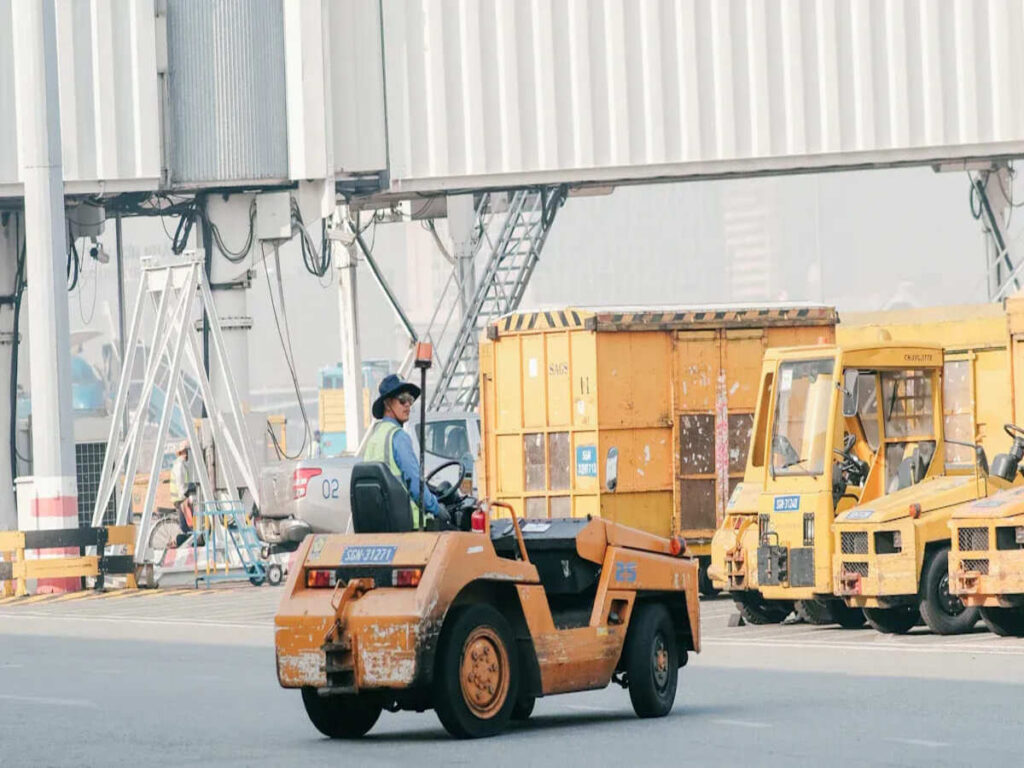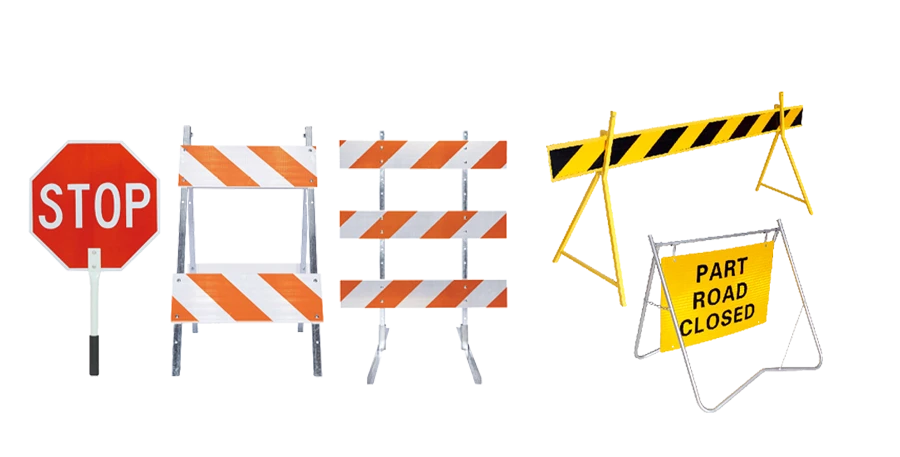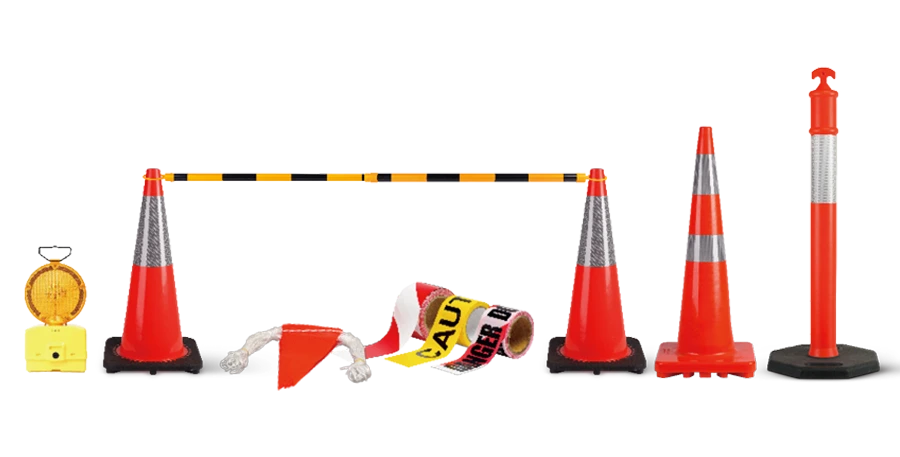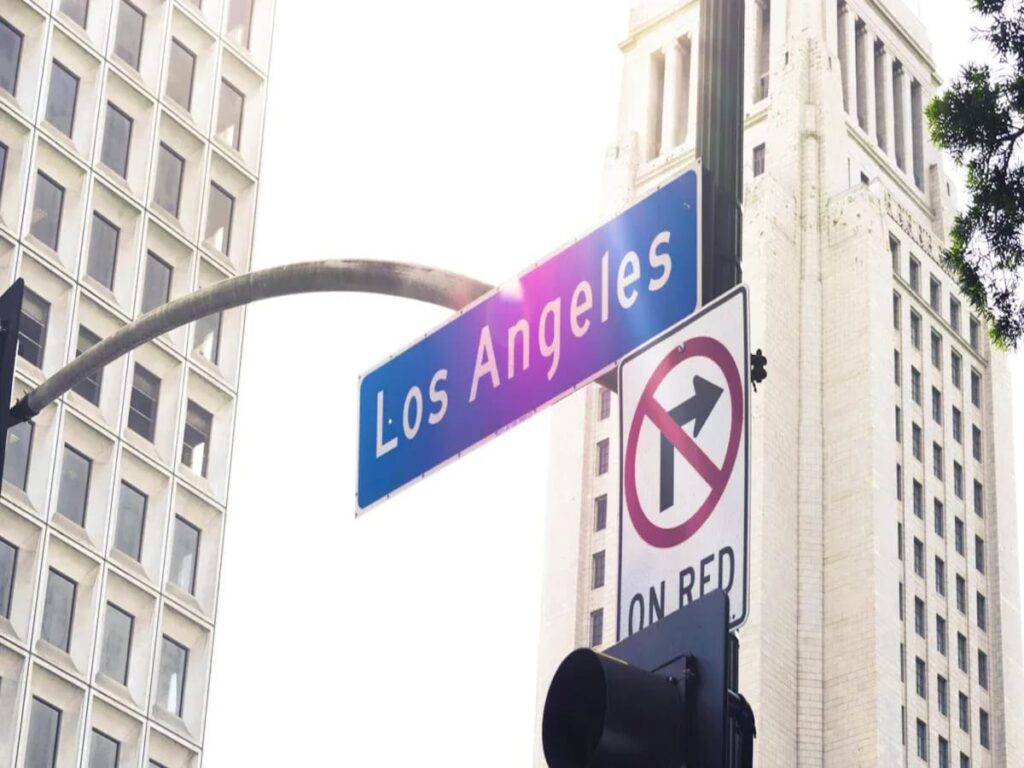
LADOT starts new plans to make school zones safer. They will put up no turn on red signs at 20 intersections near schools in the 2025/2026 school year. These plans help fix urgent traffic safety problems. Los Angeles has about 14.22 pedestrian accidents at each school every year. This shows we need better safety plans. The table below shows recent numbers for car and pedestrian accidents and other traffic problems near schools:
| Statistic Type | Count |
|---|---|
| Total car accidents | 62,785 |
| Total pedestrian accidents | 6,716 |
| Total bicycle accidents | 5,114 |
| Schools in Los Angeles | 215 |
| Most dangerous schools | 23 का 25 |
| Average pedestrian accidents/school | 14.22 |
These plans use clear traffic safety signs to keep students safe. They help students cross streets safely and lower the number of crashes in school zones. ऑप्टट्रैफ़िक विभिन्न प्रकार के प्रदान करता है यातायात सुरक्षा संकेत designed to enhance visibility and improve safety in school zones. Our products, including pedestrian crossing signs, गति सीमा संकेत, and No Turn on Red signs, are crucial in ensuring that both drivers and pedestrians follow proper safety protocols. By implementing these signs, you can make school zones safer and reduce the risk of accidents. मिलने जाना ऑप्टट्रैफ़िक to explore our full range of school zone safety products today!
चाबी छीनना
- LADOT’s No Turn on Red plan tries to make school zones safer. They put NTOR signs at 20 intersections to lower pedestrian accidents.
- No Turn on Red signs help drivers watch for people walking. This makes it safer for students to cross busy streets. It is most helpful during school hours.
- The plan uses both regular and changing signs. These signs tell drivers when they cannot turn right on red. This helps drivers follow the rules and keeps people safe.
- Community help is very important. Parents and neighbors can help by following NTOR rules. They can also join local safety events.
- LADOT checks traffic and accident numbers to see if NTOR signs work. They change their plans if needed to keep school zones safe.
No Turn on Red Sign in School Zones
Collision Risks at Intersections
Many drivers turn right on red lights near schools, which can make it more dangerous for pedestrians. Drivers often focus on checking for other vehicles and fail to notice people crossing the street. School zones are especially busy with pedestrians, particularly before and after school hours. The No Turn on Red sign helps by preventing cars from moving suddenly, reducing the risk of pedestrians being caught off guard.
The practice of allowing right turns on red lights began during the energy crisis of the early 1970s when the U.S. aimed to save fuel. Despite its energy-saving origins, numerous studies show that intersections where right turns on red are allowed tend to have higher rates of pedestrian accidents. उदाहरण के लिए, ए 1984 study saw pedestrian crashes rise by 60%, and bicyclist collisions increased by nearly 100%. More recent research, such as a study by the Mineta Transportation Institute, found that allowing right turns on red significantly raises the risk for pedestrians. The researchers also discovered that vehicles, particularly pickup trucks and SUVs, have a much higher fatality rate in right-turn accidents, making the need for such restrictions even more pressing.
The Safe Routes to School Guide also highlights the dangers posed by long crosswalks and busy roads, which make it harder for students to cross safely. By implementing No Turn on Red signs, cities can make school zones safer and reduce the likelihood of accidents involving pedestrians.
The table below shows important facts about crash risks near schools:
| निष्कर्ष | विवरण |
|---|---|
| Increased Risk | More crashes happen where right-on-red turns are allowed. |
| योगदान कारक | Lots of people and cars, long crosswalks, and nearby empty or business land make things riskier. |
| Demographic Impact | People with disabilities or from different backgrounds face more danger when walking. |
Protecting Children Near Schools
School zones need extra care to keep walkers safe. The no turn on red sign gives drivers more time to see kids crossing. This rule makes things less confusing and safer for everyone. LADOT puts these signs at busy intersections near schools. These places have the most people walking and need more safety. The no turn on red sign reminds drivers to stop and check for people before going. School zones get safer with these signs and students feel better walking. The main goal is to make crossings safer and protect kids going to and from school.
How NTOR Works
No Turn on Red Sign Placement Criteria
LADOT picks where to put NTOR signs by checking many things. They look for intersections close to schools with lots of students walking. These places have busy traffic and lots of spots to cross. LADOT studies old accident reports to find risky areas for kids. The team checks for long crosswalks or places where it is hard to see. They want signals that help drivers spot children better.
टिप्पणी: Changing one intersection can cost up to $400,000. Fixing all 90 intersections would cost more than $36 दस लाख. There is not enough money for every project, so LADOT picks the most important spots first.
Steps for Implementing No Turn on Red Signs
LADOT uses a simple plan to put up NTOR signs:
- They look at accident numbers and traffic near schools.
- They choose intersections where kids are most at risk.
- They design signals and plan where signs should go.
- They put NTOR signs at the picked intersections.
- They watch how drivers act and make changes if needed.
This plan helps LADOT make intersections safer, especially when school is open.
Types of No Turn on Red Signs in School Zones
LADOT uses two main NTOR sign types at intersections:
- Static Signs: These signs stay up all the time. Drivers must follow the rule at these spots.
- गतिशील संकेत: These signs work only at certain times, जैसे स्कूल से पहले और बाद में. Lights or screens show when the rule is on.
Both sign types help make signals safer and protect kids. LADOT puts each sign where drivers can see it easily as they get close.
No Turn on Red Sign Options
LADOT uses three main options for No Turn on Red (एनटीओआर) restrictions in school zones. Each option fits different traffic patterns and safety needs. The right choice depends on how many students walk, the time of day, and the level of risk at each intersection.
Full-Time Restrictions
Full-time NTOR restrictions stay in effect all day, रोज रोज. Drivers cannot turn right on red at any time. This option works best at intersections with heavy foot traffic or where students cross at different times. Full-time signs remove confusion for drivers. They always know the rule applies.
बख्शीश: Full-time NTOR signs help protect students who arrive early, stay late, or attend after-school programs.
उदाहरण:
- NTOR in effect: 24 दिन में घंटे, 7 days a week
Part-Time School Hours
Part-time NTOR restrictions only apply during key school hours. LADOT sets these times based on when students arrive and leave. Signs may show specific hours, such as morning drop-off and afternoon pick-up. This option keeps traffic moving outside of school hours but adds safety when students are present.
Typical Timeframes:
- Morning: 6:30 AM – 9:30 पूर्वाह्न
- Afternoon: 1:00 PM – 4:00 बजे
टिप्पणी: Dynamic signs with flashing lights or digital displays often show when part-time NTOR rules are active.
Mixed Approaches
Some intersections need a mix of full-time and part-time NTOR rules. LADOT may use full-time restrictions on one side of an intersection and part-time on another. This approach matches the unique traffic flow and student crossing patterns at each location.
| विकल्प | When Active | के लिए सबसे अच्छा |
|---|---|---|
| Full-Time | All day, रोज रोज | Busy crossings, all-day activity |
| Part-Time | School hours only | Peak student times |
| मिश्रित | Varies by direction | Complex intersections |
Mixed approaches give LADOT flexibility. They can adjust NTOR rules to fit each school zone’s needs.
Pedestrian Safety Benefits of No Turn on Red Signs
Increased Pedestrian Visibility with Traffic Safety Signs
No Turn on Red signs help make crosswalks safer. Drivers must stop at red lights and wait. This gives them more time to see people crossing. Drivers can notice students and families near schools. Traffic safety signs stand out at busy intersections. Drivers pay more attention when they see these signs. They know to look for people before moving forward.
Many studies show these rules help lower crashes. In cities with dynamic No Turn on Red signs, drivers see pedestrians more often. These signs flash or light up during school hours. This shows when the rule is active. Drivers slow down and watch for people in crosswalks. This means fewer close calls and better safety for everyone.
Traffic safety signs help drivers focus on crosswalks. They remind everyone to watch for students and families near schools.
Safer Traffic Flow in School Zones with No Turn on Red Signs
No Turn on Red signs do more than protect people. They also help traffic move better in school zones. When drivers cannot turn right on red, there are fewer sudden moves. This makes it easier to know what will happen next. Cars wait their turn, and people cross safely.
- Dynamic signs tell drivers when people are nearby.
- Drivers slow down and stop at crosswalks.
- Traffic safety gets better because everyone knows the rules.
These changes help keep school zones calm and organized. Fewer cars rush through crosswalks. Students feel safer walking to and from school. Traffic safety teams see fewer problems between cars and people. This means school zone changes work as planned.
Focus on School Zones with No Turn on Red Signs
School zones need special rules to keep students safe. No Turn on Red signs go at busy intersections near schools. These places have many crosswalks and lots of people walking. Clear traffic safety signs help drivers know when to stop and watch for people.
Crosswalk upgrades, like better signs and signals, help school zone safety. These changes match the goals of Vision Zero and the Safe Streets Act. Both programs want fewer crashes and safer streets for everyone. No Turn on Red signs help cities reach these goals by protecting children and families.
School zone changes save lives. Clear signs and strong rules make a big difference for pedestrian safety.
A table below shows how these changes help school zones:
| हस्तक्षेप प्रकार | Benefit for School Zones |
|---|---|
| No Turn on Red Signs | Fewer crashes in crosswalks |
| गतिशील यातायात संकेत | Drivers notice pedestrians sooner |
| Crosswalk Enhancements | Safer crossings for students |
| School Zone Improvements | Better traffic safety for all |
No Turn on Red signs are important for school zone safety. वे कम दुर्घटनाओं में मदद करते हैं, protect students, and make streets safer for everyone.
For more information on the importance of proper signage in school zones, हमारे ब्लॉग को देखें MUTCD-Compliant School Zone Signs: Choosing the Right Signage to Ensure Student Safety. This guide will help you understand how to select the most effective traffic signs to protect students and keep your school zones safe.
NTOR Impact
Collision Data Analysis
LADOT checks data to see how NTOR rules help. The team looks at accident numbers before and after signs go up. They count pedestrian accidents and car crashes near schools. Comparing these numbers shows if safety gets better. The team finds which intersections have the most problems. This helps them spot patterns and plan future projects. Studies from NHTSA and other cities show NTOR rules lower pedestrian crashes in school zones.
LADOT uses real numbers to see if safety improves for kids and families.
KSI and Traffic Flow
KSI means “Killed or Seriously Injured.” LADOT counts KSI numbers near schools. Lower KSI numbers mean things are safer for everyone. The team watches how cars and people move in school zones. They use cameras to see if cars stop at red lights. They check if people cross streets safely. Good traffic flow means fewer problems for drivers and walkers. LADOT wants school zones safe without causing traffic jams. They change NTOR rules if needed to keep safety and movement balanced.
Driver Compliance
Driver compliance means following rules at intersections near schools. LADOT checks if drivers obey NTOR signs. They use cameras to watch for rule-breakers, like turning right on red when not allowed. High compliance means drivers know the safety rules. LADOT shares results with schools and the community. Other cities see better safety when drivers follow NTOR rules. This helps protect kids and all walkers in busy school zones.
| Evaluation Method | यह क्या मापता है |
|---|---|
| Collision Data | Number of pedestrian and car crashes |
| KSI Tracking | Safety for children and adults |
| Traffic Flow Monitoring | Movement in school zones |
| अनुपालन चेक | Driver behavior at intersections |
सामुदायिक प्रतिक्रिया
Parent and School Support
Parents and school staff like the No Turn on Red initiative. Many think these changes make school zones safer for walkers. Teachers and principals say students feel braver crossing busy streets. Crossing guards see fewer close calls between cars and walkers. Parents like that new signs help drivers notice people near the school. They believe these rules protect their kids and help families feel calm at drop-off and pick-up.
“We want our kids to get to school safely. These signs help drivers see them and stop in time,” one parent said at a meeting.
Resident Perspectives
Local residents have different opinions about the new rules. Some support the changes because they see fewer accidents near the school. They like safer crossings and think the signs help everyone nearby. Others worry about traffic problems. Residents sometimes see longer lines of cars at intersections. They say right turns on red help drivers move faster. इस के बिना, some fear traffic jams could get worse.
- Some residents think the rules might:
- Slow down traffic during busy times
- Make wait times longer at intersections
- Make driving harder for people without kids at the school
Addressing Concerns
LADOT listens to all feedback from the community. The team talks with school leaders and residents to find good solutions. They study traffic and change rules if needed. LADOT says the main goal is to keep walkers safe, विशेष रूप से स्कूल क्षेत्रों में. Officials remind everyone that kids’ safety comes first. They share data showing fewer accidents after the signs go up. मिलजुल कर काम करने से, the community can keep school areas safe and friendly for all.
| Group | Main Feedback |
|---|---|
| अभिभावक & School Staff | Support for safer crossings and fewer accidents |
| Residents | Mixed views: safety support, traffic concerns |
| Students | Feel safer walking to and from school |
Driver & Parent Guide
अनुपालन युक्तियाँ
Drivers and parents help keep school zones safe. Everyone should look for No Turn on Red signs near schools. Drivers must stop at red lights and wait for green before turning. Parents can remind kids to use crosswalks and look both ways. Drivers should slow down when they see a school zone sign. They need to watch for students walking or biking. The National Safety Council gives tips for drivers during back-to-school time. They say to stay off phones and watch for crossing guards. Drivers should never block crosswalks. Parents can talk with kids about safe walking habits. They should explain why school zone rules are important.
बख्शीश: Always look for students before driving through a school intersection. Being extra careful helps stop accidents.
Enforcement Info
LADOT makes sure drivers follow No Turn on Red rules at school intersections. Officers may watch busy crossings and give tickets to rule-breakers. Cameras help check if drivers follow the rules and spot problems. Parents and drivers can report unsafe driving or missed signs to LADOT or school officials. Schools often tell families about new traffic safety rules. People in the community can help by following signs and reminding others to do the same.
| Enforcement Method | यह काम किस प्रकार करता है |
|---|---|
| Police Patrols | Officers watch school intersections |
| कैमरा | Record what drivers do at crossings |
| Community Reporting | Parents and staff report problems |
How to Get Involved
Parents and drivers can help make school zones safer in many ways. The National Safe Routes to School Program has resources for families. Pamphlets like “Getting Children to School Safely” teach the community. Many schools have back-to-school safety events and join International Walk to School Month. Families can join these events and teach kids about walking and biking safely. People can volunteer at school crossings or hand out safety flyers. जब हर कोई एक साथ काम करता है, school zones get safer for students.
- Join back-to-school safety events
- Volunteer as a school crossing guard
- Share safety tips with other parents
- Help with school traffic safety campaigns
No Turn on Red rules make school zones safer. These rules lower the number of people getting hit by cars. They help keep kids safe near schools. LADOT checks safety and traffic at every school often. The team uses bright signs and stop bars to help drivers see better. Some drivers do not follow NTOR signs. Teaching drivers about these rules helps more people obey. LADOT wants to add new safe routes and safety plans at schools. The city will use speed cameras and new ideas for traffic safety. It is important for the community to support school safety. People can help by giving feedback and staying active.
- Letting cars turn right on red can be unsafe for people walking.
- 21% of drivers do not follow NTOR signs when they can.
- 23% of right-turn-on-red rule breaks cause problems for people walking.
- Good ways to fix this are bright NTOR signs and stop bars.
- New safe routes for schools
अक्सर पूछे जाने वाले प्रश्न
What does “No Turn on Red” mean in a school zone?
“No Turn on Red” means drivers must wait for a green light before turning right at certain intersections. This rule helps protect students and families crossing the street near schools.
How will drivers know when NTOR rules apply?
Drivers will see clear signs posted at intersections. Some signs stay up all day. Others use flashing lights or digital displays to show when the rule is active during school hours.
Why did LADOT choose these 20 चौराहों?
LADOT selected intersections with high pedestrian traffic and past accident reports. The team focused on places where students cross most often and where safety improvements can make the biggest difference.
What should parents tell their children about NTOR signs?
Parents should remind children to use crosswalks and wait for the signal. They should explain that NTOR signs help keep everyone safe by making drivers stop and look for people crossing.
